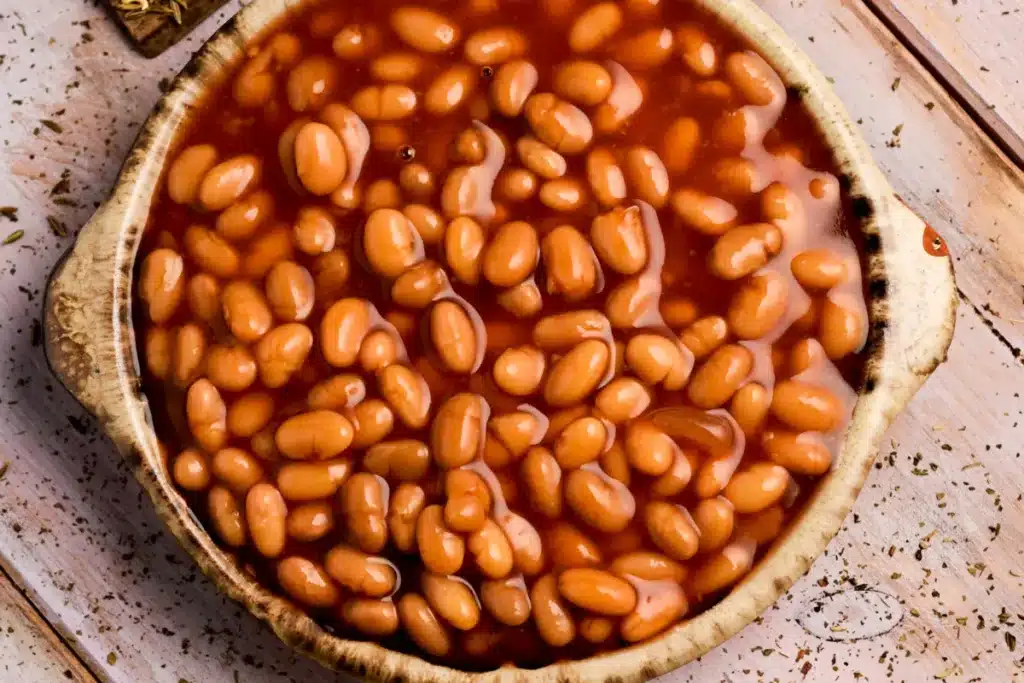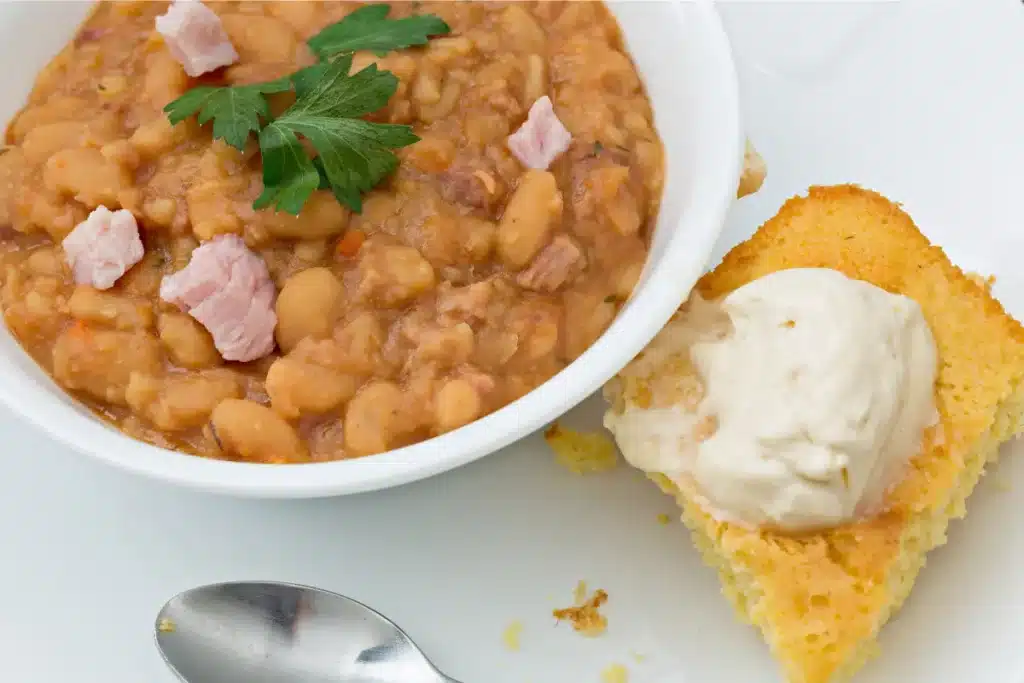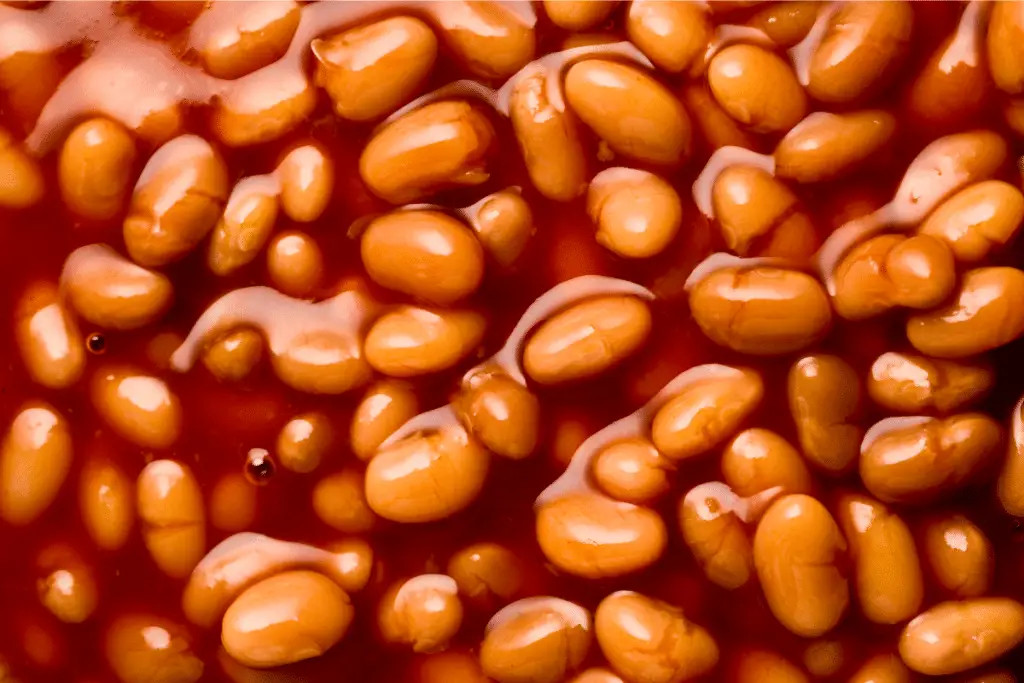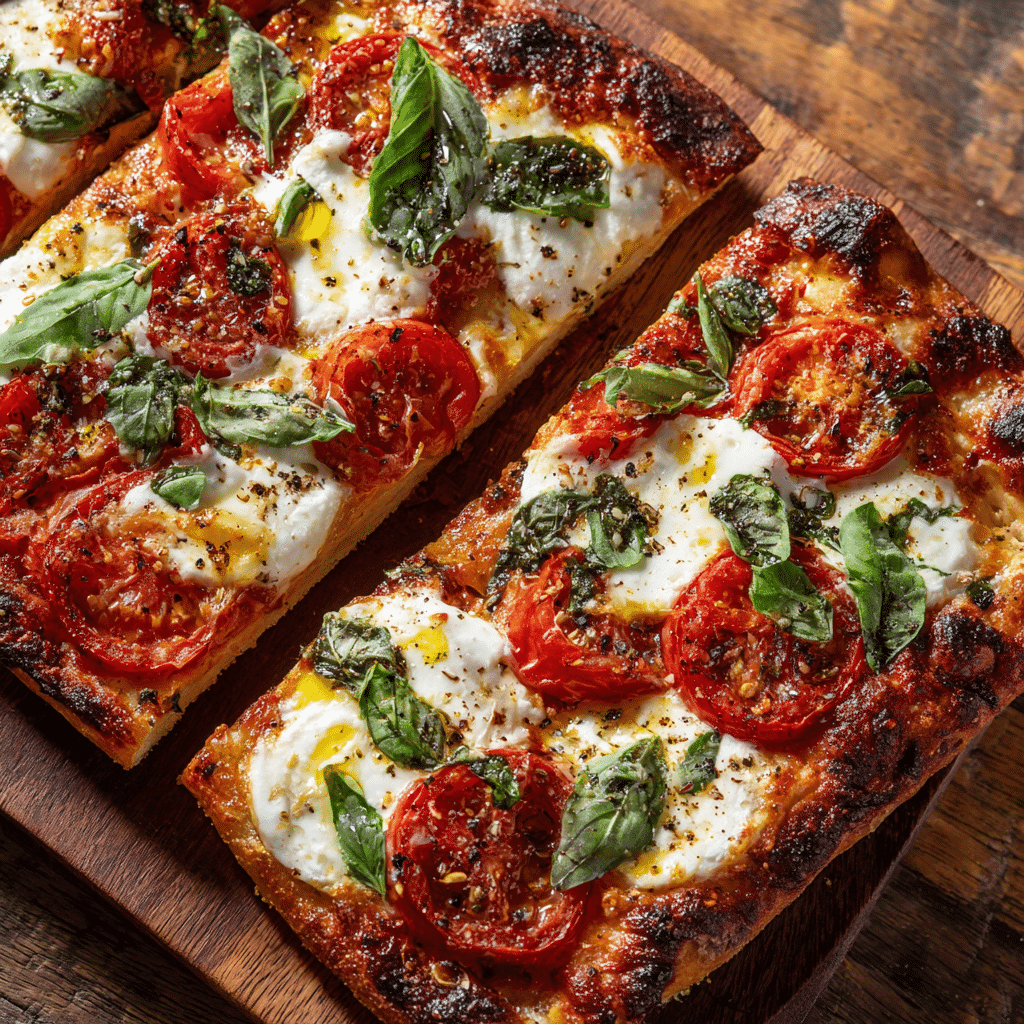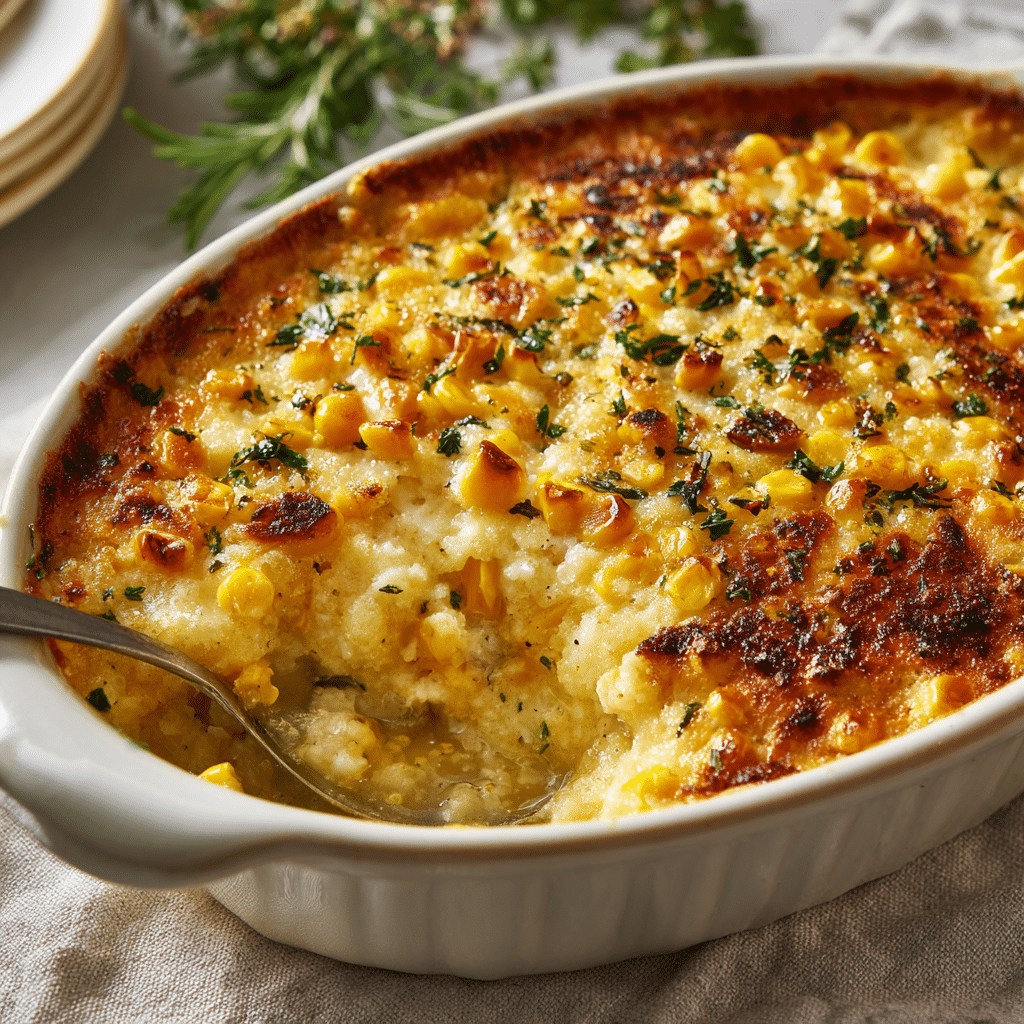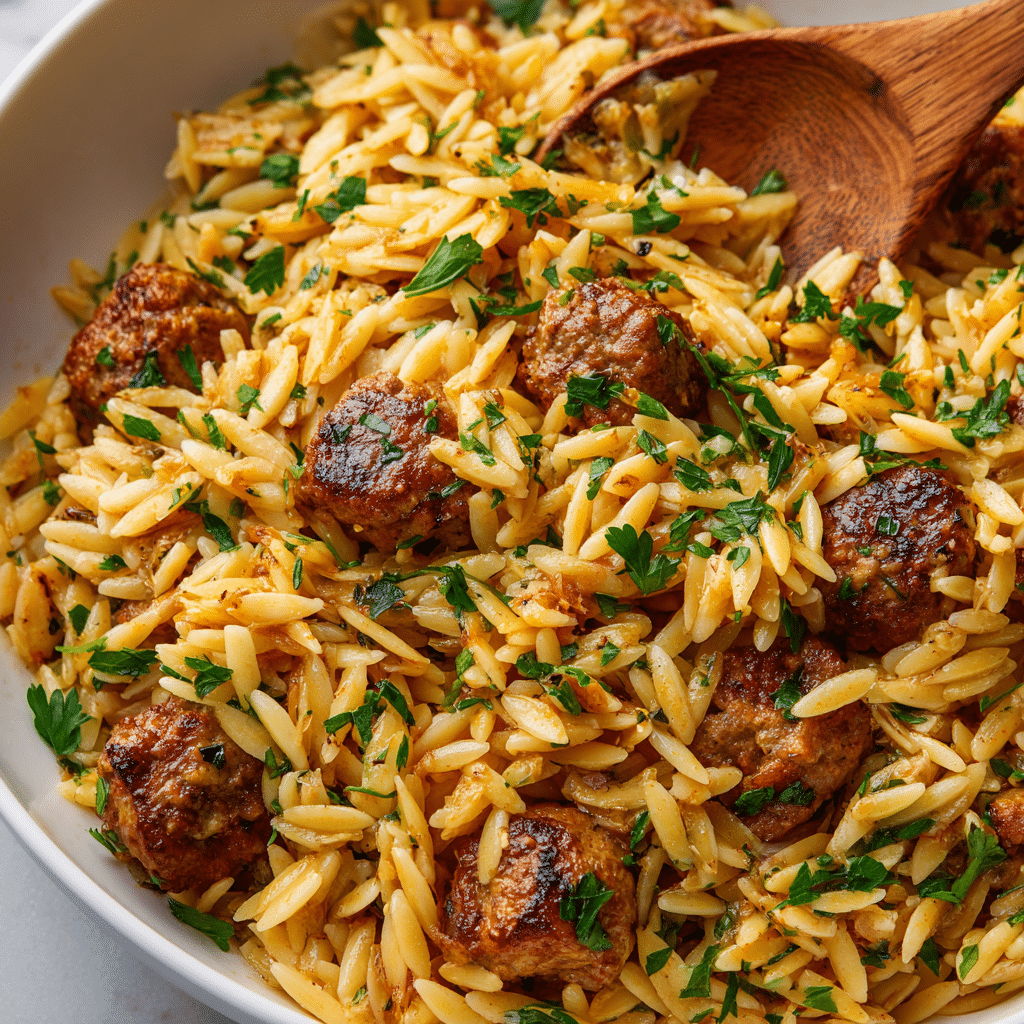In the culinary world, few ingredients are as humble yet as profoundly versatile as the navy bean. This small, yet mighty legume packs a nutritional punch that can elevate any meal from simple to spectacular. In this comprehensive guide, we’ll dive into the world of navy beans, exploring everything from their rich history and nutritional benefits to a variety of recipes that showcase their versatility. Whether you’re a seasoned chef or a home cook looking to expand your repertoire, this article will provide you with all the information you need to master the art of cooking with navy beans. So, let’s embark on this flavorful journey together, and discover the many wonders of navy beans.
Navy beans, small but mighty, are a powerhouse of nutrition and versatility in the kitchen. Often overshadowed by their more colorful counterparts, these beans hold a storied past and a plethora of health benefits that make them a must-have in any pantry.
The Versatility and Nutritional Power of Navy Beans
Navy beans, also known as Boston beans or pea beans, have a rich history that dates back to early American cuisine. They earned their name for being a staple food in the U.S. Navy in the 19th century, prized for their long shelf life and nutritional content. Fast forward to today, and navy beans have sailed into kitchens worldwide, celebrated for their mild flavor and creamy texture that make them a perfect canvas for a variety of dishes.
Nutritionally speaking, navy beans are a treasure trove. They’re packed with dietary fiber, protein, and essential nutrients, making them a fantastic choice for anyone looking to boost their health. High in fiber, they aid in digestion and can help regulate blood sugar levels. Their protein content makes them an excellent option for vegetarians and vegans looking for plant-based protein sources. Moreover, navy beans are rich in vitamins and minerals, including folate, magnesium, and iron, supporting overall health and well-being.
Indeed, the humble navy bean is more than just a side dish; it’s a nutritional powerhouse that can enhance your meals and your health. So, why not give these little legumes the spotlight they deserve in your next culinary creation? With their rich history and impressive health benefits, navy beans are sure to become a staple in your kitchen.
Preparing Navy Beans
Before diving into the delicious world of navy beans recipes, understanding how to select and prepare these beans is crucial. Whether you opt for dried or canned, each has its benefits and preparation methods.
Choosing Between Dried and Canned Navy Beans
When it comes to navy beans, you’ve got two choices: dried or canned. Dried beans are the traditional pick, offering a blank canvas for flavors and often a more economical choice. They require a bit of foresight due to soaking but promise a fresher taste and a satisfying texture. On the flip side, canned navy beans are the ultimate convenience food. They’re pre-cooked, which means you can cut straight to the chase and add them to your recipes without delay. However, it’s wise to rinse them thoroughly to remove any excess sodium.
Pre-soaking Dried Navy Beans: Overnight vs. Quick Soak Method
If you’re leaning towards dried beans, soaking them is a step you can’t skip. Soaking not only reduces cooking time but also makes the beans easier to digest.
- Overnight Soak: The traditional method involves covering your beans with plenty of cold water and letting them sit overnight, or at least 8 hours. It’s a cinch to do; just remember to plan ahead.
- Quick Soak Method: Pressed for time? The quick soak method has got you covered. Simply bring your beans to a boil in a pot of water, then remove them from the heat. Cover the pot and let the beans stand for about an hour. This method is a real time-saver and works like a charm.
After soaking, drain and rinse your beans, then they’re ready to cook. Whether you’re simmering them for a hearty soup, blending them into a creamy dip, or tossing them into a vibrant salad, prepping your navy beans correctly ensures they’ll be perfectly tender and delicious.
So, there you have it, a simple guide to getting your navy beans ready for any recipe. With these tips in hand, you’re well on your way to creating mouthwatering dishes that will impress anyone lucky enough to try them. Stay tuned for the ultimate navy beans recipe coming up next, where we’ll put these preparation methods into action and cook up something truly special.
Navy Beans Recipe Core
Now, let’s get to the exciting part: cooking navy beans. Here’s a simple yet delicious recipe that will make you appreciate the humble navy bean in all its glory.
Ingredients List
- 2 cups navy beans (dried and pre-soaked or canned and drained)
- 2 Tbsp olive oil
- 1 large onion, diced
- 2 garlic cloves, minced
- 1 large carrot, diced
- 2 celery stalks, diced
- 4 cups chicken or vegetable broth
- 1 bay leaf
- 1 tsp dried thyme
- Salt and pepper to taste
- Fresh parsley, chopped (for garnish)
Step-by-Step Cooking Instructions
- Heat olive oil in a large pot over medium heat. Add onion, garlic, carrot, and celery, sautéing until softened.
- Stir in the navy beans, broth, bay leaf, and thyme. Bring to a boil, then reduce heat and simmer, covered, until beans are tender (about 1.5 hours for dried beans, 30 minutes for canned).
- Season with salt and pepper. Serve hot, garnished with fresh parsley.
Serving Suggestions
Navy beans are incredibly versatile. Serve them as a hearty stew, over rice, or as a side dish. They pair wonderfully with a variety of meats and vegetables, making them a perfect addition to your meal planning.
Part 4: Variations of Navy Beans Recipes
To keep your meals exciting, here are a few variations on the classic navy beans recipe that will tantalize your taste buds.
Mediterranean Flavored Navy Beans
Infuse your navy beans with Mediterranean flavors by adding diced tomatoes, olives, and a sprinkle of feta cheese before serving. A dash of oregano and a squeeze of lemon juice will elevate the dish to new heights.
Cajun-Inspired Navy Beans
Kick things up a notch with a Cajun twist. Add smoked sausage, bell peppers, and a mix of Cajun spices to your navy beans for a dish that packs a punch.
Vegetarian and Vegan Variations
For a vegetarian or vegan version, use vegetable broth and add more veggies like spinach or kale. Spices and herbs can be adjusted to suit your taste, making it a customizable and satisfying meal.
Storing and Reheating Navy Beans
Navy beans are not only delicious but also perfect for meal prep. Here’s how to store and reheat them to enjoy throughout the week.
Proper Storage and Reheating Techniques
Cool the cooked navy beans before transferring them to an airtight container. They can be refrigerated for up to 4 days or frozen for up to 3 months. To reheat, simply warm them on the stove over medium heat, adding a little water or broth if necessary to prevent sticking.
Flavor Enhancements and Complementary Pairings
Navy beans’ mild flavor makes them an excellent canvas for a variety of flavor profiles. Here, we’ll explore how to enhance the taste of your navy beans dishes and identify perfect pairings that will make your meals stand out.
Maximizing Flavor in Navy Beans Dishes
To truly elevate your navy beans, consider the following tips:
- Use Aromatics: Begin your dish by sautéing aromatics such as onions, garlic, carrots, and celery. This foundational step infuses the beans with deep, rich flavors.
- Incorporate Herbs and Spices: Herbs like thyme, rosemary, and bay leaves add a layer of complexity to your dish. Don’t be afraid to experiment with spices like cumin, paprika, or chili powder for a bit of heat.
- Cook with Stock: Instead of water, cook your navy beans in chicken, beef, or vegetable stock to imbue them with additional flavor.
- Add Acidity: A splash of vinegar or lemon juice added towards the end of cooking can brighten the dish and bring out its flavors.
- Finish with Freshness: Garnish your navy beans with fresh herbs like parsley or cilantro for a pop of color and freshness.
Complementary Pairings
Navy beans are incredibly versatile and pair well with a wide range of foods:
- Meats: Smoked ham, sausage, and bacon are classic pairings that lend a savory depth to navy beans. For a lighter option, consider chicken or turkey.
- Vegetables: Leafy greens like kale or spinach, as well as roasted vegetables such as squash or peppers, complement the creaminess of navy beans.
- Grains: Serve navy beans alongside or mixed with grains like rice, quinoa, or farro for a hearty and nutritious meal.
- Breads: A crusty loaf of bread is perfect for sopping up the flavorful broth of a navy bean stew or soup.
By focusing on flavor enhancements and complementary pairings, you can transform a simple dish of navy beans into a culinary delight. Whether you’re aiming for a cozy comfort meal or a nutritious weeknight dinner, these tips will help you make the most of this versatile legume.
Health Benefits and Dietary Considerations
Navy beans are more than just a tasty ingredient; they’re a nutritional powerhouse that can play a significant role in a healthy diet. Here, we’ll break down the health benefits of navy beans and address some common dietary considerations.
Nutritional Benefits of this dish!
Navy beans are an excellent source of nutrition, offering numerous health benefits:
- High in Fiber: Navy beans are rich in dietary fiber, which is essential for digestive health, helping to prevent constipation and promote regularity. Fiber can also aid in weight management by making you feel full longer.
- Protein-Packed: For those on plant-based diets, navy beans provide a valuable source of protein, essential for muscle repair and growth.
- Rich in Vitamins and Minerals: These beans are a good source of essential nutrients, including iron, magnesium, and folate, contributing to overall health and well-being.
- Heart Health: The fiber, potassium, and magnesium in navy beans can contribute to cardiovascular health by helping to lower blood pressure and reduce the risk of heart disease.
- Blood Sugar Regulation: The low glycemic index of navy beans makes them beneficial for blood sugar control, making them a smart choice for people with diabetes or those looking to maintain stable blood sugar levels.
Dietary Considerations
While navy beans are a healthy addition to most diets, there are a few considerations to keep in mind:
- Allergies and Sensitivities: Legumes, including navy beans, can cause allergic reactions or sensitivities in some individuals. It’s important to be aware of your body’s reactions and consult with a healthcare provider if you have concerns.
- Gastrointestinal Effects: Due to their high fiber content, navy beans can cause gas and bloating in some people. Introducing them gradually into your diet and drinking plenty of water can help mitigate these effects.
- Phytic Acid Content: Like other legumes, navy beans contain phytic acid, which can inhibit the absorption of certain minerals. Soaking and cooking beans can reduce phytic acid levels, improving mineral absorption.
Incorporating navy beans into your diet can offer a wealth of health benefits, from supporting digestive health to contributing to a heart-healthy diet. By understanding these nutritional advantages and considering any dietary restrictions, you can enjoy navy beans as part of a balanced and nutritious diet.
Frequently Asked Questions.
- Q: Can I use a slow cooker for this dish?
- A: Absolutely, a slow cooker is ideal for ensuring the beans are perfectly tender. It’s a convenient method for those who prefer to set it and forget it.
- Q: How can I make my bean dishes more flavorful?
- A: Don’t hesitate to experiment with herbs, spices, and aromatics. Ingredients like garlic, onion, and bay leaves can significantly enhance the taste. Adding a splash of lemon juice or vinegar towards the end of cooking can also brighten the flavors.
- Q: Are these beans gluten-free?
- A: Yes, they naturally do not contain gluten, making them a fantastic option for those with gluten sensitivities or celiac disease. However, always check the labels of canned beans or any added ingredients to ensure they’re free from gluten-containing additives.
- Q: Can I prepare navy beans without soaking them first?
- A: While soaking is recommended to reduce cooking time and improve digestibility, you can cook them without soaking by adjusting the cooking time. Expect the process to take a bit longer, and you may need to add more water as they cook.
- Q: What’s the best way to store leftovers?
- A: Cool the leftovers before transferring them to an airtight container. They can be stored in the refrigerator for up to 4 days or frozen for up to 3 months. Reheat gently, adding a little water if needed to prevent sticking.
- Q: Can navy beans be used in salads?
- A: Definitely! Once cooked and cooled, they make a nutritious and filling addition to salads. Their mild flavor pairs well with a variety of dressings and salad ingredients.
